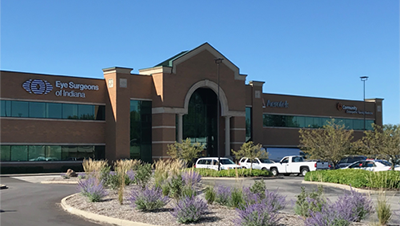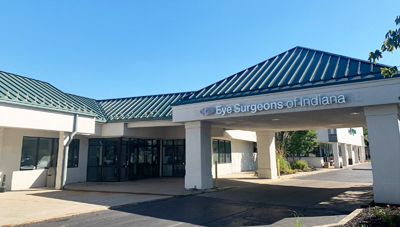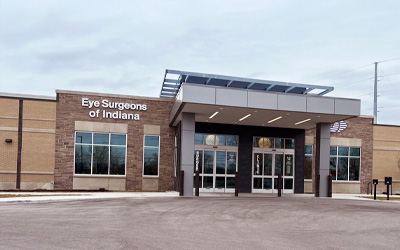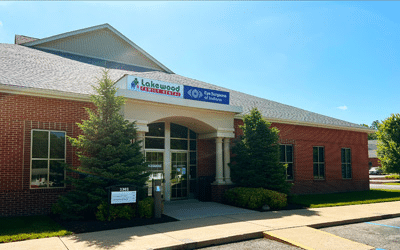Cataracts and Astigmatism
One of the goals many cataract surgery patients have is to decrease their dependence on glasses after surgery. Correction of pre-existing astigmatism is very important in helping patients to achieve this goal.
Astigmatism correction during cataract surgery may permanently:
- Decrease dependence on glasses for distance vision following surgery
- Increase depth perception and field of view (as compared to glasses)
- Improve overall quality of vision at all distances
How Does Cataract Surgery Correct My Astigmatism?
How Cataract Surgery is Treated?
What is a toric IOL?
An intraocular lens implant (IOL) is used during cataract surgery to replace the focusing power within the eye. Many types of IOLs are currently available. Toric IOLs are lens implants designed to reduce or eliminate astigmatism. Eye Surgeons of Indiana specializes in astigmatism correction and toric IOLs. In fact, more patients have their astigmatism corrected with a toric IOL at Eye Surgeons of Indiana than anywhere else in Indiana.
Cataract surgery patients wishing to maximize their visual results will often benefit from a toric IOL. With this type of premium lens implant, there is an additional charge that is not covered by Medicare or private insurance companies. Medicare and private insurance companies will still cover the cost of the surgery itself.
What is astigmatism?
Astigmatism is a common, treatable imperfection of the human visual system. Astigmatism occurs when the cornea (or occasionally the lens) at the front of the eye has a slightly different curvature in one direction. An eye with mild or no astigmatism will have a corneal surface shaped like a baseball. An eye with astigmatism will have a cornea shaped more like a football.
Astigmatism may cause blurred vision at both distance and near. In some people, a double or ghost image will be noticed. Squinting, eyestrain and headaches are common in people with uncorrected astigmatism. Studies have shown that approximately 35% of the population has astigmatism that is significant enough to affect quality of vision.
How is astigmatism detected?
Astigmatism can be detected during a routine eye examination. Most often, it will be discovered when measuring the glasses prescription. Special instruments, such as a keratometer and corneal topographer, can be used to detect and measure astigmatism. These devices are especially helpful in determining if astigmatism correction should be considered at the time of cataract surgery.
How is astigmatism treated?
Astigmatism can be corrected with glasses and contact lenses. In patients undergoing refractive surgery, laser treatment can be used to precisely correct astigmatism. Mild amounts of astigmatism may not require correction at all.







